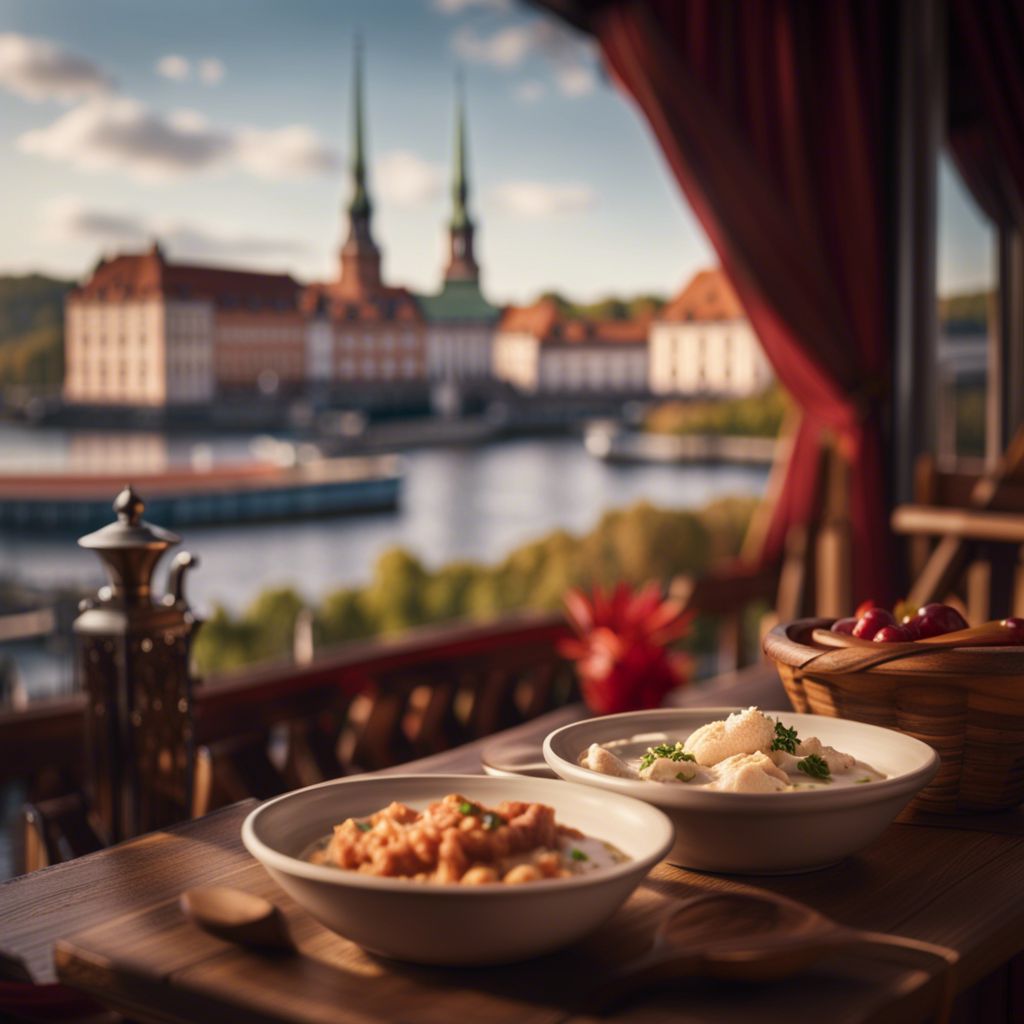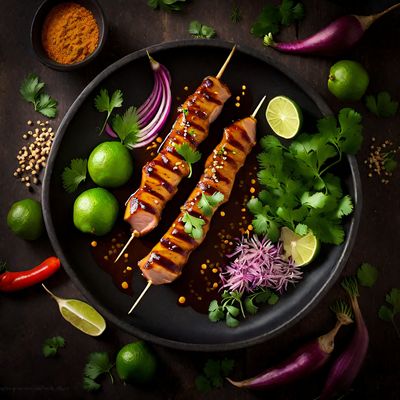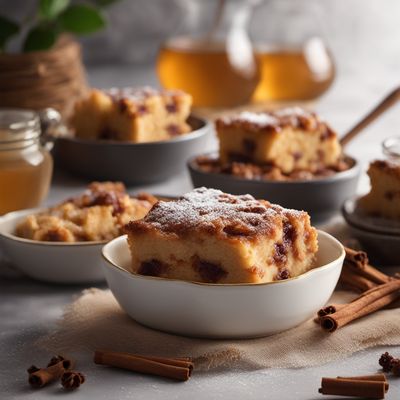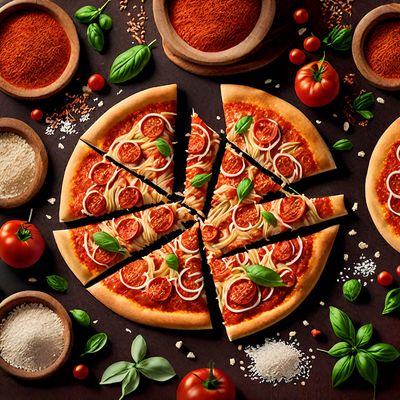
Cuisine
Latvian cuisine
Latvian cuisine is characterized by its use of local ingredients such as fish, potatoes, and rye bread. The cuisine is known for its hearty, filling dishes and emphasis on comfort food. Common ingredients include herring, salmon, potatoes, beets, and cabbage. The cuisine also makes use of herbs and spices such as dill, caraway seeds, and juniper berries.
Typical ingredients
Fish, Potatoes, Rye bread, Herring, Salmon, Beets, Cabbage, Herbs and spices such as dill, Caraway seeds, Juniper berries
Presentation and garnishing
Presentation is often simple and rustic, with an emphasis on the natural beauty of the ingredients. Garnishes may include fresh herbs or edible flowers.
Latvian cuisine is known for its use of black bread, which is a staple in the country's diet.
More cuisines from this region...
History
The cuisine of Latvia has a long history dating back to the medieval era. The harsh climate and limited growing season in the region meant that people had to rely on preserved foods such as salted fish and meat. Over time, the cuisine evolved to incorporate fresh ingredients as they became available. Today, Latvian cuisine is known for its emphasis on local ingredients and hearty, filling dishes.
Cultural significance
Latvian cuisine is an important part of the country's cultural heritage. Many traditional dishes are still enjoyed today, and the cuisine is celebrated at festivals and events throughout the year. The cuisine is also known for its emphasis on sustainability and use of local ingredients.
Health benefits and considerations
Latvian cuisine is generally considered to be healthy due to its emphasis on fresh, natural ingredients. However, some dishes may be high in fat or salt.
Latvian cuisine dishes Browse all »

Salinātā rudzu rupjmaize
Salinata Rudzu Rupjmaize
Salinātā rudzu rupjmaize is a traditional Latvian bread that is made from rye flour and is known for its dense texture and rich flavor.

Ķiploku grauzdiņi
Garlic chips
Ķiploku grauzdiņi is a Latvian dish that is made with garlic and rye bread. It is a simple yet flavorful snack that is perfect for any time of day.

Calskrove
Calskrove is a delicious and filling dish that is perfect for any meal. It is made with a combination of potatoes, cheese, and ground beef, and is then deep-fried to...

Sīpolu sitenis
Onion stew
Sīpolu sitenis is a traditional Latvian dish made with potatoes and onions. It is a hearty and filling meal that is perfect for cold winter nights.

Karbonāde
Breaded Pork Chop
Karbonāde is a traditional Latvian dish that is perfect for a hearty meal. The pork chops are breaded and fried until they are crispy and golden brown.

Medla
Medla is a traditional Albanian dish that is made with cornmeal and yogurt. It is a savory dish that is perfect for a hearty meal. This dish is easy to make and is perfect for...

Rupjmaize
Rupjmaize is a traditional Latvian rye bread that is made with a sourdough starter and often includes caraway seeds. It has a dense texture and a slightly sweet taste.

Pīrādziņi
Pīrādziņi are traditional Latvian baked pastries filled with bacon and onions. They are a popular snack and can be served as an appetizer or main course.
Latvian cuisine recipes Browse all »

Latvian-style Sea Urchins with Green Sauce
Baltic Delicacy: Latvian Sea Urchins with Zesty Green Sauce

Latvian Buckwheat Porridge with Mushrooms and Bacon
Savory Delight: Latvian Buckwheat Pilaf with Umami Mushrooms and Crispy Bacon

Latvian-style Gulyás
Hearty Latvian Beef Stew: A Taste of Hungary in Latvia

Latvian-style Samosas
Riga's Delight: Latvian-inspired Samosas

Satay with Peanut Sauce
Indonesian-inspired Grilled Skewers with Creamy Peanut Sauce

Latvian-style Paella
Rustic Latvian Paella: A Hearty Twist on a Spanish Classic

Teriyaki with a Latvian Twist
Latvian-inspired Teriyaki Delight

Gumbo - Latvian Style
Savory Latvian Gumbo: A Fusion of Flavors

Latvian Radicchio Frittata
Savory Latvian Radicchio Delight

Latvian-style Pho
Riga's Delight: Latvian-inspired Pho

Latvian Honey Bread Pudding
Golden Delight: Latvian Honey Bread Pudding

New York-Style Pizza
Riga-Style Pizza: A Taste of New York in Latvia